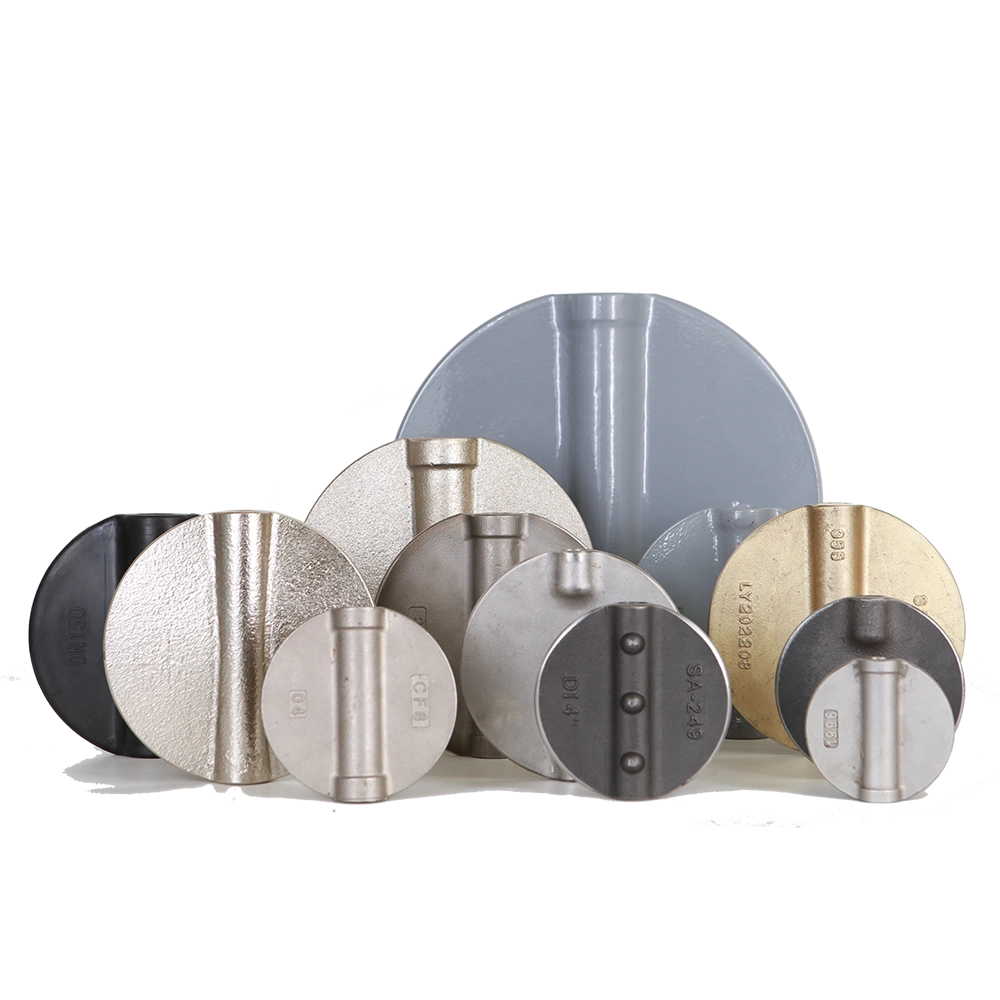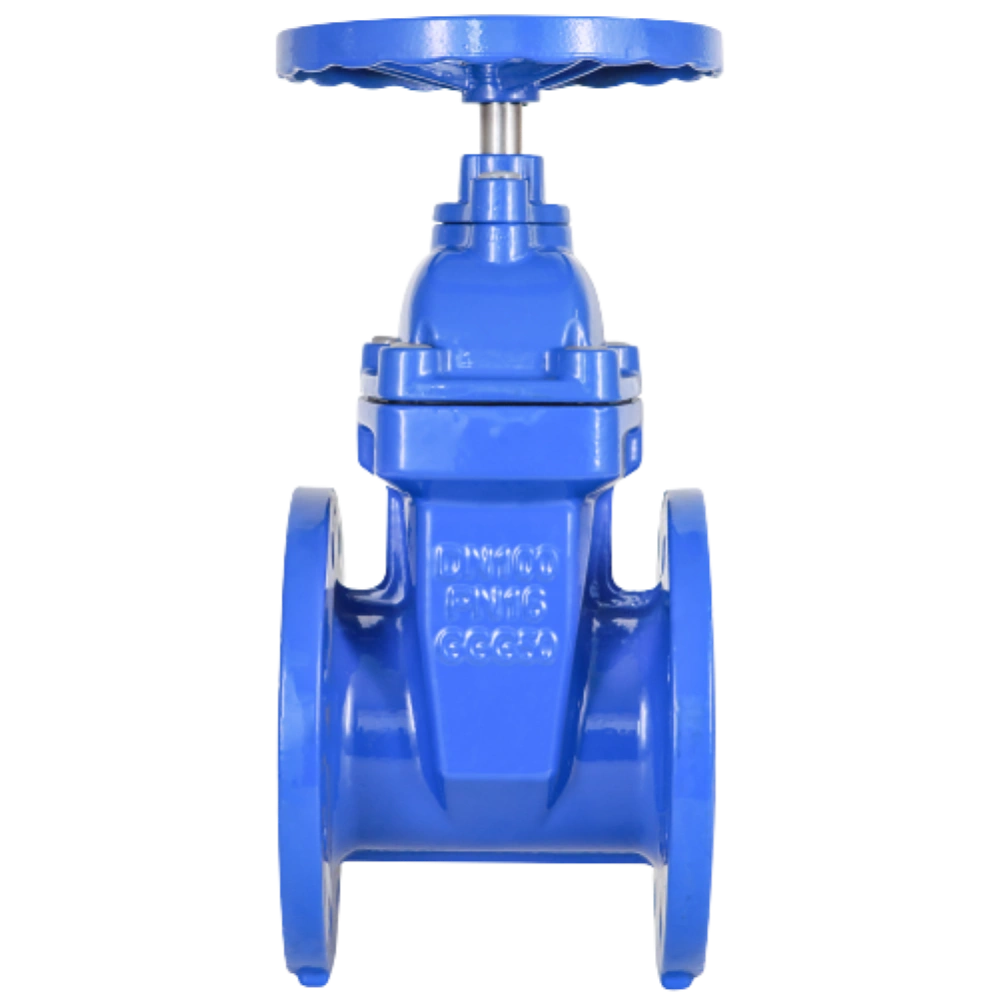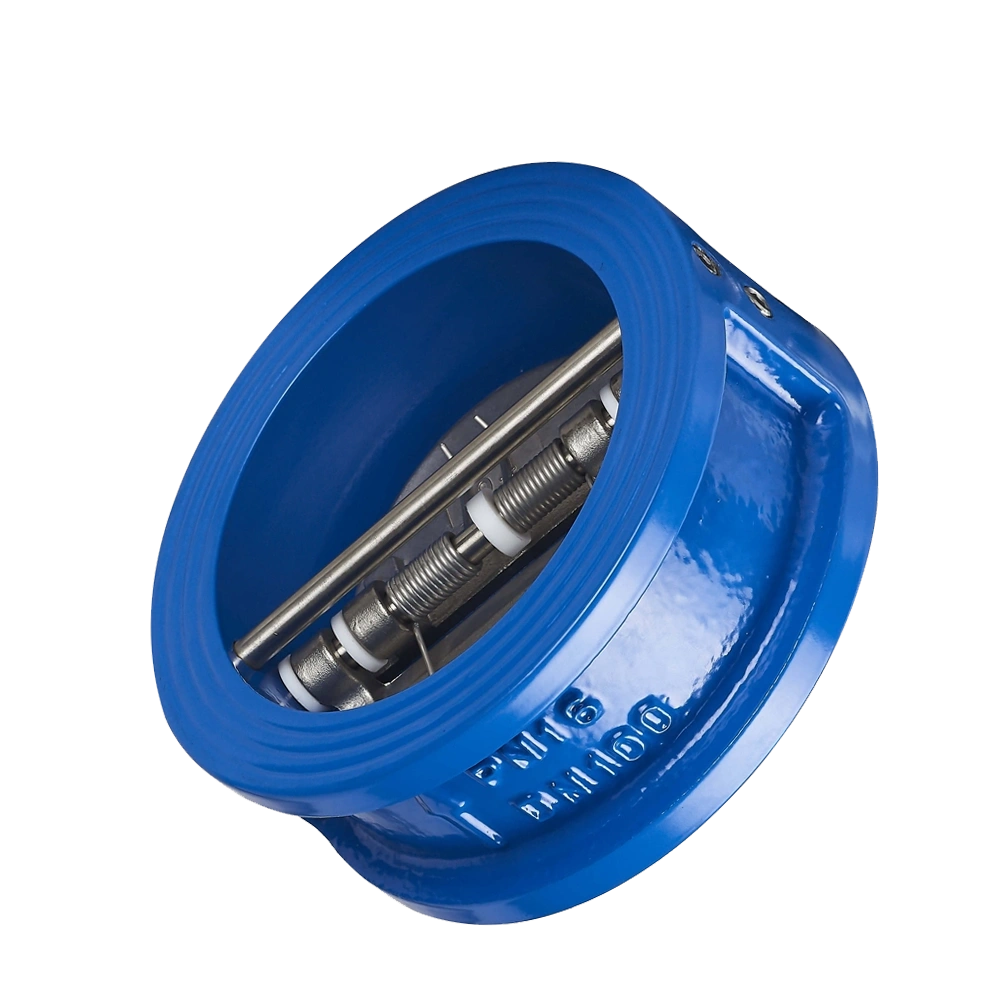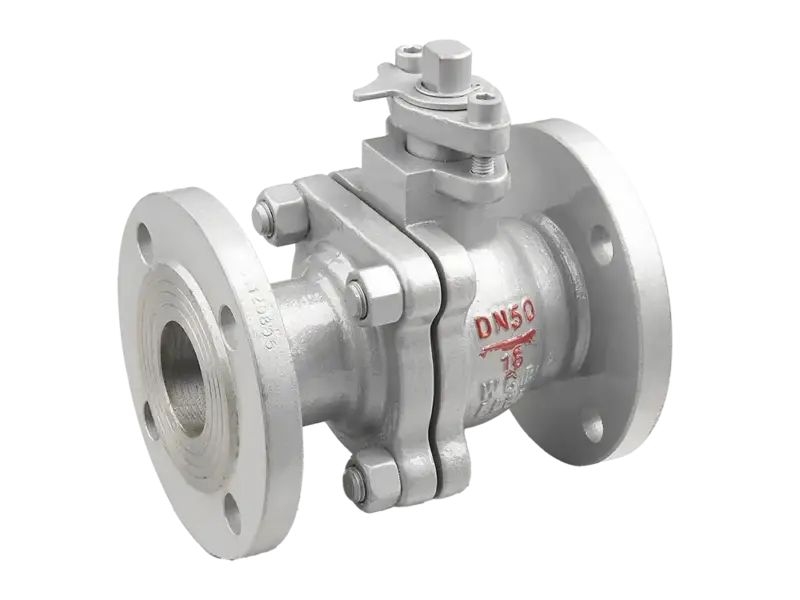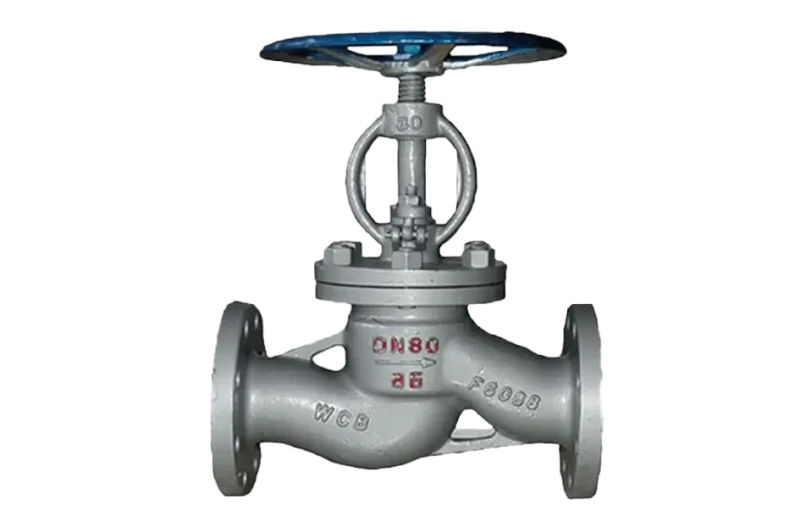1. Valves and Water Flow Control
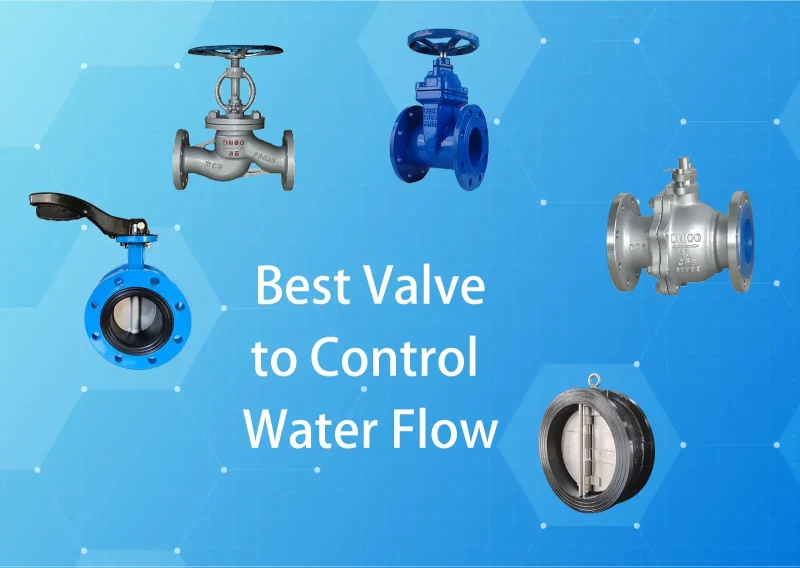
Valves are devices that regulate, start, or stop the flow of liquids, like water, in pipelines. They work by opening, closing, or partially blocking the flow path. What is the Best Valve to Control Water Flow? The “best” valve depends on several factors:
- Application: Is the valve for home, commercial, or industrial use?
- Flow Control Needs: Does the system need on/off control, throttling, or backflow prevention?
- Operating Conditions: What are the pressure, temperature, and pipe size requirements?
- Maintenance and Durability: How often can the valve be maintained, and how long should it last?
- Cost: What is the budget for installation and ongoing maintenance?
To show why butterfly valves are a top choice, we’ll explore their design and function, compare them with common valve types—gate valves, ball valves, globe valves, and check valves—and discuss their applications, benefits, and limitations.
2. What Is a Butterfly Valve?
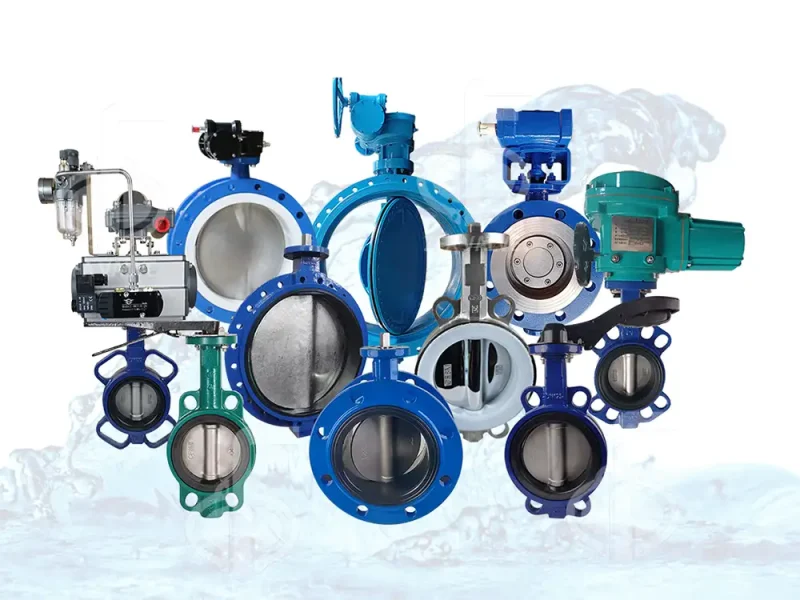
A butterfly valve has a circular disc (or “butterfly”) mounted on a rotating shaft inside the valve body. By turning the disc 90 degrees, the valve opens or closes, allowing or stopping water flow. The disc’s position can also be adjusted for partial opening to regulate flow. Butterfly valves are widely used in water supply systems, wastewater treatment, HVAC systems, and industrial processes due to their compact design and versatility.
3. Key Features of Butterfly Valves
- Compact Design: Butterfly valves are lightweight and take up little space, ideal for systems with limited room, like retrofitted buildings or crowded industrial sites. Their small size also reduces the need for structural support, lowering costs.
- Fast Operation: A 90-degree turn of the handle or actuator fully opens or closes the valve. This quick action is crucial in emergencies or systems needing frequent adjustments.
- Cost-Effective: Especially in large pipes, butterfly valves are cheaper than gate or ball valves.
- Versatile: They work with various pressures, temperatures, and pipe sizes.
- Wide Applications: Butterfly valves suit city water systems, wastewater treatment, HVAC, industrial processes, and irrigation.
- Low Maintenance: With fewer moving parts than globe valves, they have less wear and need less maintenance. Their design reduces sediment buildup, making them reliable in water systems with some debris.
- Material Options: Available in stainless steel, cast iron, or PVC, with flexible seats (like EPDM or Nitrile) for tight sealing. These materials resist corrosion and suit drinking water, wastewater, or treated water.
4. Comparing Butterfly Valves with Other Valve Types
To understand why butterfly valves are often the best choice, we compare them with other common valves for water flow control.
4.1. Gate Valves
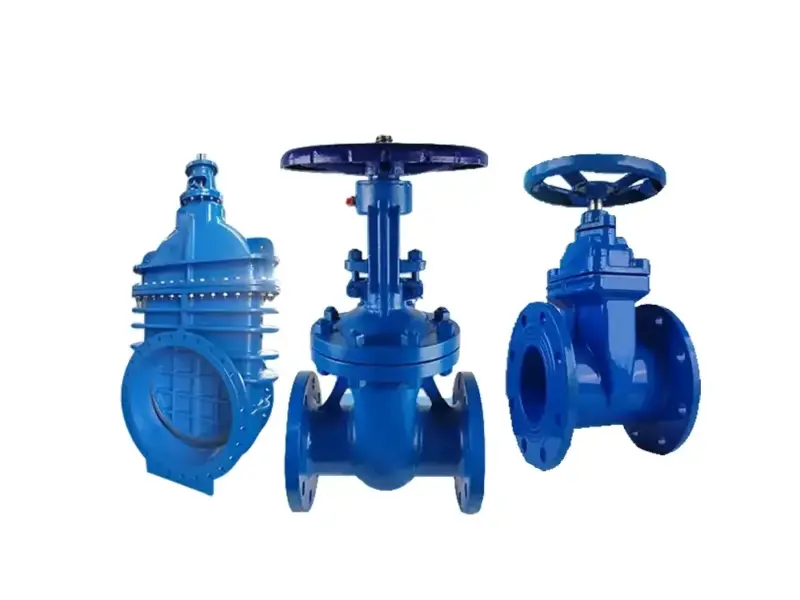
Overview: Gate valves use a wedge-shaped gate to start or stop water flow. They are common in water supply lines and irrigation systems needing full flow or full shutoff.
Benefits:
- Low flow resistance and minimal pressure loss, ideal for efficient flow.
- Fully open, they match the pipe’s diameter, allowing full flow with little obstruction.
Limitations:
- Cannot regulate flow; partial opening may cause vibration and damage.
- Slow to operate, requiring multiple handle turns.
- Prone to sediment buildup, which can cause sticking.
Compared to Butterfly Valves: Gate valves excel in low flow resistance, but they lack versatility. They are bulky, slow to operate, and unsuitable for throttling. Butterfly valves, with their compact design and fast operation, are more practical for most water flow control, especially in large systems.
4.2. Ball Valves
Overview: Ball valves use a ball with a hole in the center, rotated 90 degrees to open or close. They are popular in home plumbing and industrial applications for reliable shutoff.
Benefits:
- Fast operation with a quarter-turn.
- Excellent sealing to prevent leaks.
- Low flow resistance in full-bore designs.
Limitations:
- Limited throttling; partial opening can wear the ball and seat.
- More expensive than butterfly valves in larger sizes.
- Not ideal for water with sediment or slurry.
Compared to Butterfly Valves: Ball valves share fast operation and compact design but are less cost-effective in large pipes. Butterfly valves offer similar on/off performance while being more affordable and versatile.
4.3. Globe Valves
Overview: Globe valves are designed for precise flow regulation, using a disc that moves against a seat. They are used in systems needing throttling, like cooling or boiler feedwater systems.
Benefits:
- Excellent for precise flow control.
- Reliable shutoff.
- Suitable for various pressures and temperatures.
Limitations:
- High pressure loss due to a curved flow path.
- Complex design increases maintenance needs.
- More expensive than butterfly valves.
- Not ideal for large pipes.
Compared to Butterfly Valves: Globe valves outperform in precise throttling but have higher pressure loss and cost, making them less practical for large water systems. Butterfly valves excel in efficiency and affordability.
4.4. Check Valves
Overview: Check valves (or one-way valves) allow water to flow in one direction, preventing backflow. They open or close automatically based on fluid pressure, needing no actuator.
Benefits:
- Prevent backflow, protecting systems from contamination.
- Low maintenance with automatic operation.
- Compact and easy to install.
Limitations:
- No flow control or throttling ability.
- Sudden closure can cause water hammer.
- Limited to specific applications.
Compared to Butterfly Valves: Check valves are great for preventing backflow but cannot regulate flow. Butterfly valves are more versatile, handling both regulation and shutoff.
5. Conclusion: Why Butterfly Valves Stand Out to Control Water Flow
What is the Best Valve to Control Water Flow? After reviewing gate valves, ball valves, globe valves, and check valves, butterfly valves emerge as the top choice for most water flow control applications. Their versatility, cost-effectiveness, compact design, fast operation, and moderate throttling ability make them ideal for city water networks, industrial processes, and HVAC systems.


